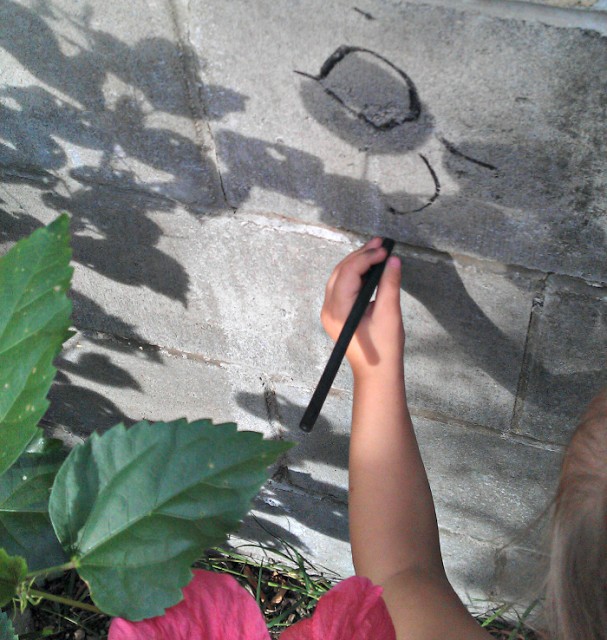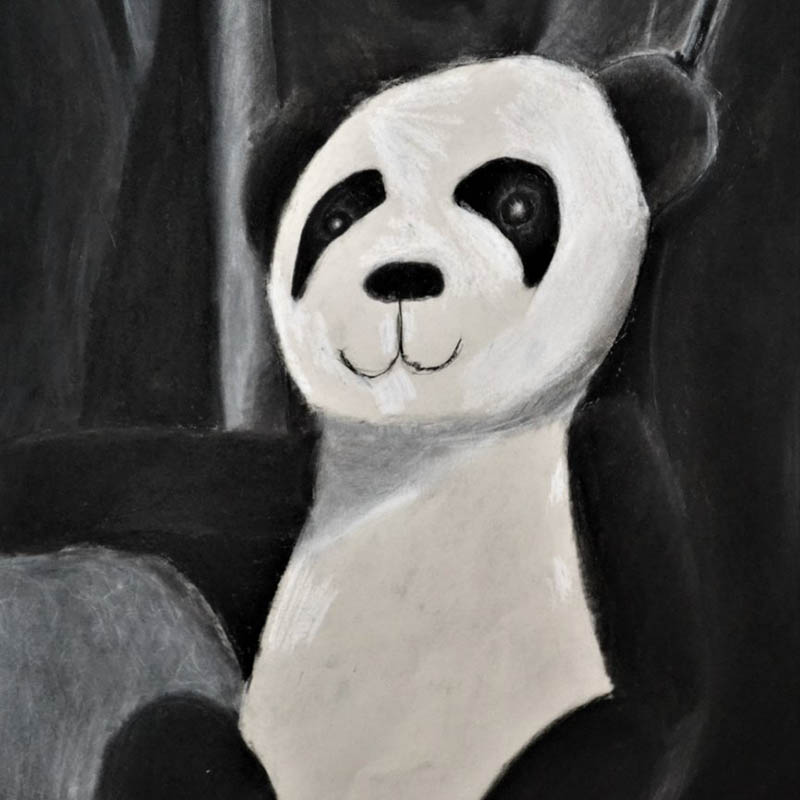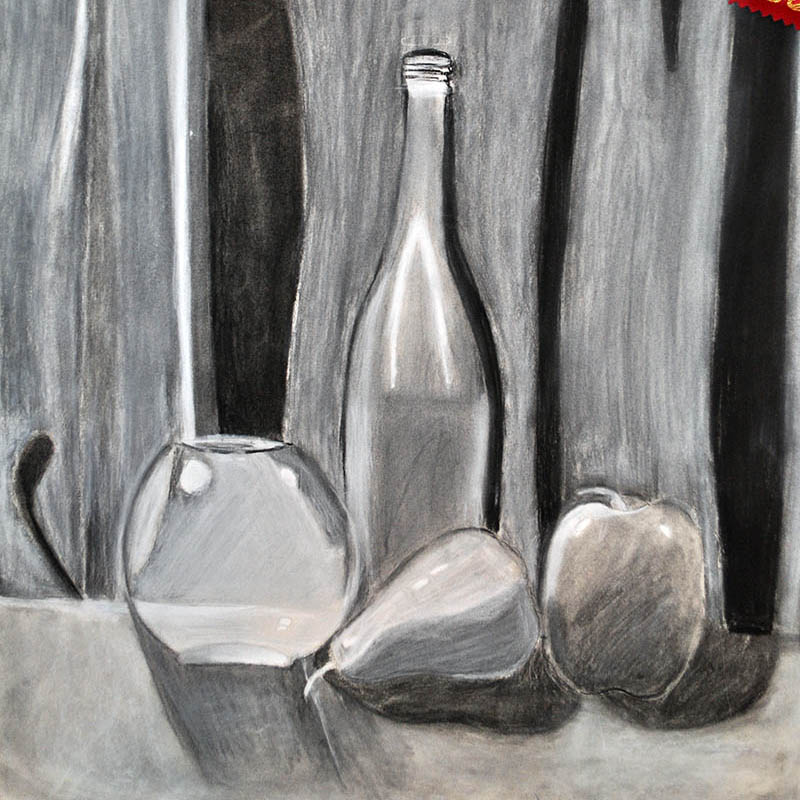Charcoal drawing is a form of art that has captivated artists for centuries. It’s a versatile medium that encourages expression and creativity, making it a fantastic introduction to the art world for children. This accessible and forgiving medium allows kids to explore a range of techniques with immediate visual feedback. Let’s explore the essentials of charcoal drawing and how it can unlock creativity in kids.
Understanding the Medium
Types of Charcoal
There are different types of charcoal for drawing – each with its unique properties. Compressed charcoal is denser and produces a darker line, while vine or willow charcoal is softer and ideal for lighter shading or sketching. Kids can try both kinds to see how they differ and which they prefer using.
Preparing the Paper
The paper you choose can significantly influence the output of charcoal art. Thicker, textured paper often yields the best results as it holds the charcoal in place, allowing for both broad strokes and fine details. Introduce kids to various paper types and encourage them to touch and feel the textures.

Setting the Scene
The Importance of a Dedicated Space
Designating a specific area for drawing can help kids feel comfortable and inspired. It need not be large – a corner of a room or a portable art caddy can suffice. The key is to have a space where supplies are organized and ready to use, and where kids feel free to express themselves without worrying about making a mess.
Embracing the Messiness
Charcoal drawing for kids can be dusty and smudgy, which is a part of its charm. It’s important to teach kids that art can be messy, and that’s perfectly okay. Providing smocks or old shirts to wear and laying down newspapers or plastic sheets can help protect surfaces and make clean-up easier after the creative process.
The Drawing Process
Mastering Mark Making
Begin by showing kids how to hold the charcoal – they can grasp it like a pencil for thin lines or use the side for broad strokes. Teach them to vary pressure to create different effects, and encourage experimentation. They can practice making light and dark marks, and even use fingers or blending stumps to smudge and blend the charcoal.
Exploring Erasing and Layering
One of the advantages of charcoal is its erasability, which invites kids to try without fear of ‘mistakes.’ They can use erasers not just to correct but to draw and create highlights. Show them how to build up layers and how to subtract with an eraser, enlightening them on the depth and richness that can be achieved.

Inspiration and Imagery
Drawing from Life
Inspire kids to draw from real life, which enhances their observational skills. Start with simple objects like a fruit or a toy, and let them replicate what they see. This exercise helps in understanding shapes, shadows, and perspective, which are fundamental skills in any art form.
Encouraging Creative Exploration
Charcoal is perfect for abstract or imaginative drawing because of its fluidity. Encourage kids to let their imaginations run wild, creating scenes from their own stories or expressing their emotions through abstract shapes and forms. The key is to let them discover their own creative path without imposing strict rules or expectations.
Clean Up and Preservation
Cleaning Techniques
Cleaning up is part of the process and can be made fun. Show kids how to gently tap their drawings to remove loose charcoal dust and use a damp cloth to clean their hands and the surrounding area. It’s also an opportunity to stress the importance of orderliness and respect for their art space.
Preserving Their Masterpieces
Explaining how to preserve their artwork can also teach children about the value of their creations. Spraying a fixative (always with adult supervision) or using hairspray can prevent their drawings from smudging. Either way, it is important that these budding artists learn to store and handle their works properly, showcasing their efforts and fostering pride in their achievements.

Nurturing Artistic Confidence
Positive Reinforcement and Constructive Criticism
It’s crucial to provide children with positive reinforcement as they explore charcoal drawing. Celebrate their efforts and the unique qualities of their work. When offering feedback, focus on specific aspects of their drawing that they’ve done well and provide gentle guidance on areas for improvement. This balanced approach can nurture their artistic development and build their confidence.
Showcasing and Sharing Artwork
Encourage children to share their artworks with family and friends. You can help them organize a small home exhibition or create a gallery space on a wall to display their creations. Sharing their art instills pride and a sense of accomplishment and can be a source of motivation to continue honing their skills.
Expanding Artistic Horizons
Trying Different Art Forms and Mediums
Once kids feel comfortable with charcoal, introduce them to other mediums such as pencils, pastels, or watercolors. Each medium has unique properties and techniques to master, and exploring these can broaden children’s artistic skills and enthusiasm. Encourage them to combine mediums or try mixed media projects, boosting their creativity and versatility as young artists.
Integrating Digital Elements
In this digital age, it’s also beneficial for children to acquaint themselves with digital art tools. Programs and apps can simulate the effects of charcoal and other materials, providing a new dimension to their artistry. Utilizing tablets or computers for drawing can be a contemporary complement to traditional methods, fostering a well-rounded creative skill set.
The Role of Art in Child Development
Enhancing Problem-Solving Skills
Engaging children in charcoal drawing can significantly contribute to their cognitive development. As kids make decisions on composition, shading, and detailing, they are exercising problem-solving and critical thinking skills. Artistic expression stimulates brain activity in unique ways, encouraging innovative thinking and persistence through trial and error.
Expressing Emotions Through Art
Drawing with charcoal allows children to express complex emotions that they might not be able to articulate verbally. The tactile nature of charcoal drawing can be particularly cathartic, providing an outlet for stress or anxiety. Encouraging children to convey their feelings through art supports their emotional intelligence and self-awareness.
Fostering a Lifelong Appreciation for Art
Introducing Art History and Famous Artists
To further inspire kids, introduce them to art history and the works of famous artists who used charcoal or other drawing mediums. Discussing the styles and techniques of artists like Leonardo da Vinci or Edgar Degas can offer new perspectives and ideas that children can incorporate into their own work.
Creating a Habit of Lifelong Learning
As with any skill, regular practice is key to improvement. Setting aside time for drawing sessions helps establish a habit of discipline and continuous learning. Encourage children to observe the world around them, keep a sketchbook, and draw regularly. Promoting lifelong learning in art not only enhances their artistic abilities but also enriches their lives with a fulfilling and creative pastime.
Charcoal drawing for kids is more than just a fun activity; it’s a gateway to self-expression, creativity, and personal growth for children. Through positive reinforcement, encouragement to explore various mediums, and an understanding of the emotional benefits of art, we can help nurture confident, innovative young minds. By fostering a lifelong appreciation for art and integrating it into routine practice, children can continue to develop their unique artistic voice and revel in the joy of creation, carrying these valuable skills and passions into adulthood.